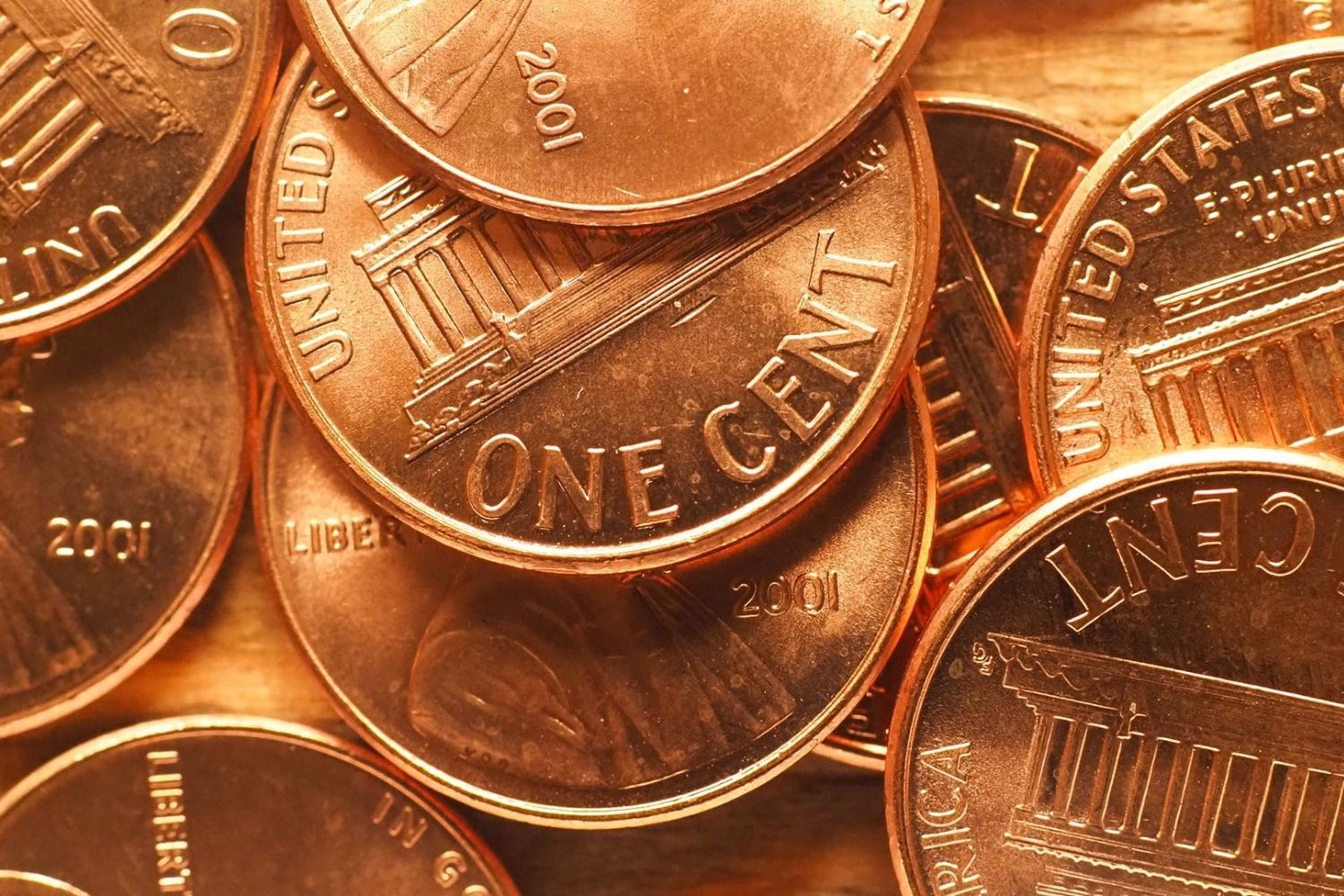
Did you know the US penny has a rich history and some surprising facts? This tiny coin, often overlooked, holds a wealth of stories and trivia. From its origins in 1793 to its current design, the penny has seen many changes. Ever wondered why Abraham Lincoln's face is on it? Or why it's made mostly of zinc now? These little details make the penny more than just spare change. Whether you're a coin collector or just curious, learning about the penny can be quite fascinating. Let's dive into 20 intriguing facts about this humble coin.
The Birth of the Penny
The US penny has a rich history that dates back to the early days of the nation. Here are some fascinating facts about this small but significant coin.
-
The first US penny was minted in 1787. Known as the Fugio cent, it was designed by Benjamin Franklin and featured the motto "Mind Your Business."
-
The penny was the first coin authorized by the United States government. The Coinage Act of 1792 established the US Mint and authorized the production of the penny.
-
Early pennies were much larger than today's version. The original pennies were about the size of a modern half-dollar and made of pure copper.
Design Changes Over the Years
The penny has undergone numerous design changes since its inception. Each change reflects a piece of American history.
-
The first design featured a chain of 13 links, symbolizing the original 13 colonies. This design was soon replaced due to its association with slavery.
-
In 1909, the Lincoln cent was introduced to commemorate Abraham Lincoln's 100th birthday. This was the first US coin to feature a president's portrait.
-
The reverse side of the Lincoln cent originally featured two wheat ears. This design, known as the "Wheat Penny," was used until 1958.
-
In 1959, the reverse design was changed to feature the Lincoln Memorial. This change marked the 150th anniversary of Lincoln's birth.
Material and Composition
The materials used to make pennies have also changed over time, reflecting economic and technological shifts.
-
Pennies were made of pure copper until 1857. After that, the composition was changed to 88% copper and 12% nickel.
-
During World War II, copper was needed for the war effort. In 1943, pennies were made of zinc-coated steel, giving them a silver appearance.
-
Since 1982, pennies have been made primarily of zinc with a thin copper coating. This change was made to reduce production costs.
Interesting Facts and Trivia
Beyond their historical and material changes, pennies have some quirky and interesting aspects.
-
The 1943 copper penny is one of the rarest and most valuable US coins. Only a few were accidentally made when copper planchets were left in the minting machines.
-
The Lincoln cent is the longest-running coin design in US history. It has been in continuous production since 1909.
-
Pennies are often used in science experiments. Their copper coating makes them useful for demonstrating chemical reactions.
-
The US Mint produces billions of pennies each year. Despite their low value, they are the most commonly minted coin.
-
It costs more to produce a penny than its face value. As of recent estimates, it costs about 2.1 cents to make a single penny.
Cultural Impact
Pennies have left their mark on American culture in various ways, from idioms to traditions.
-
The phrase "a penny for your thoughts" dates back to the 16th century. It suggests that a person's thoughts are valuable, even if the reward is small.
-
"Penny loafers" got their name because people used to slip a penny into the shoe's slot. This was a way to keep emergency money handy.
-
The tradition of "penny drives" has been used for fundraising. Schools and organizations collect pennies to raise money for various causes.
-
Pennies are often placed on the eyes of the deceased in some cultures. This practice is believed to pay for the soul's passage to the afterlife.
-
The penny is a symbol of luck. Finding a penny heads-up is considered good luck, while tails-up is often seen as bad luck.
The Penny's Place in History
The US penny, small but mighty, holds a rich history and cultural significance. From its humble beginnings in 1787 to the modern-day Lincoln cent, this coin has seen numerous changes in design and composition. It's fascinating how a single cent can tell so much about a nation's past. Whether it's the rare 1943 steel penny or the memorable Wheat penny, collectors and history buffs alike find endless intrigue in these tiny treasures.
Despite debates over its future, the penny remains a staple in American currency. It serves as a reminder of the country's journey through time, reflecting economic shifts and technological advancements. Next time you find a penny, take a moment to appreciate its story. Who knows? You might be holding a piece of history in your hand.
Was this page helpful?
Our commitment to delivering trustworthy and engaging content is at the heart of what we do. Each fact on our site is contributed by real users like you, bringing a wealth of diverse insights and information. To ensure the highest standards of accuracy and reliability, our dedicated editors meticulously review each submission. This process guarantees that the facts we share are not only fascinating but also credible. Trust in our commitment to quality and authenticity as you explore and learn with us.
